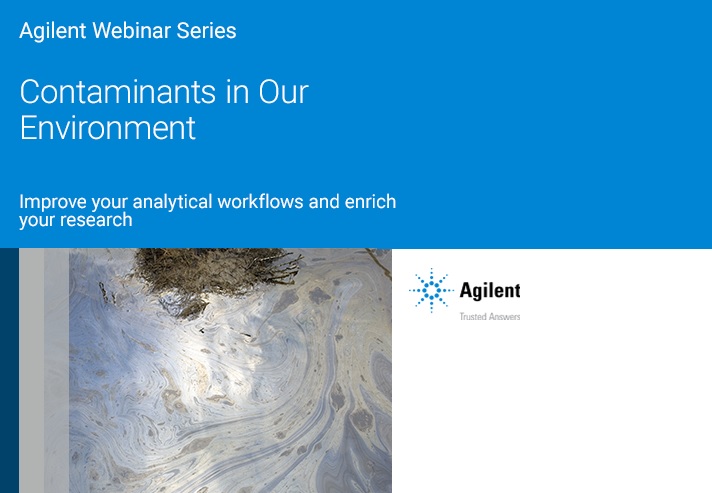Characterization of microplastics in sediment using stereomicroscopy and laser direct infrared (LDIR) spectroscopy

Agilent Technologies: Characterization of microplastics in sediment using stereomicroscopy and laser direct infrared (LDIR) spectroscopy
The analysis of microplastics (MP) becomes more difficult for smaller sizes, especially in complex matrices such as sediment of natural waters. In this work, we analyzed MPs in sediment using laser direct infrared (LDIR) imaging, a relatively new technique in environmental MP studies.
Sediment samples were spiked with analytical surrogates (polyethylene spheres), and subjected to density separation, wet peroxide oxidation, calcite removal, and filtration. The extracted particles were coated on to a low-emissivity glass slide which was first examined on a stereomicroscope. Six slides (two sediment samples and four different blanks) were further analyzed using an Agilent LDIR system. Approximately 520 and 430 MP/g were found in the two samples, with diameter ranging 20-3,384 um and 84% being smaller than 100 um. The increase in particle count with decreasing particle sizes followed a power law curve, suggesting that a large portion of the smaller MPs was generated by the breakdown of larger plastic pieces.
Major polymers found in this work included polyamide, polyester, polytetrafluoroethylene, and polyacetal. Most MPs were fragments, while beads and fiber were also found. In the two sediment samples, 14% and 46% of the total particles, respectively, were composed of non-plastic micro-sized particles, including natural polyamide, cellulose, chitin, rubber, and "unknown". Challenges, potential biases, and uncertainties are discussed.
This work is the first application of LDIR imaging on MPs in natural sediment.
Presenter: An Li (Professor Emerita, Environmental and Occupational Health Sciences)
Dr. An Li is a Professor Emeritus in School of Public Health, University of Illinois Chicago. She is an environmental chemist, with her research focus on how human activities influence the natural environment and how the changes in turn affect human health. Her research particularly focuses on persistent and bioaccumulative organic chemicals which are potentially toxic. She has led a number of federally funded projects and programs, including the Great Lakes Sediment Surveillance Program (GLSSP) funded by the US EPA. Dr. Li has published two books Physical and Chemical Processes in the Aquatic Environment (2014) and Persistent Organic Pollutants in Asia (2007), >100 journal articles, as well as numerous other publications.